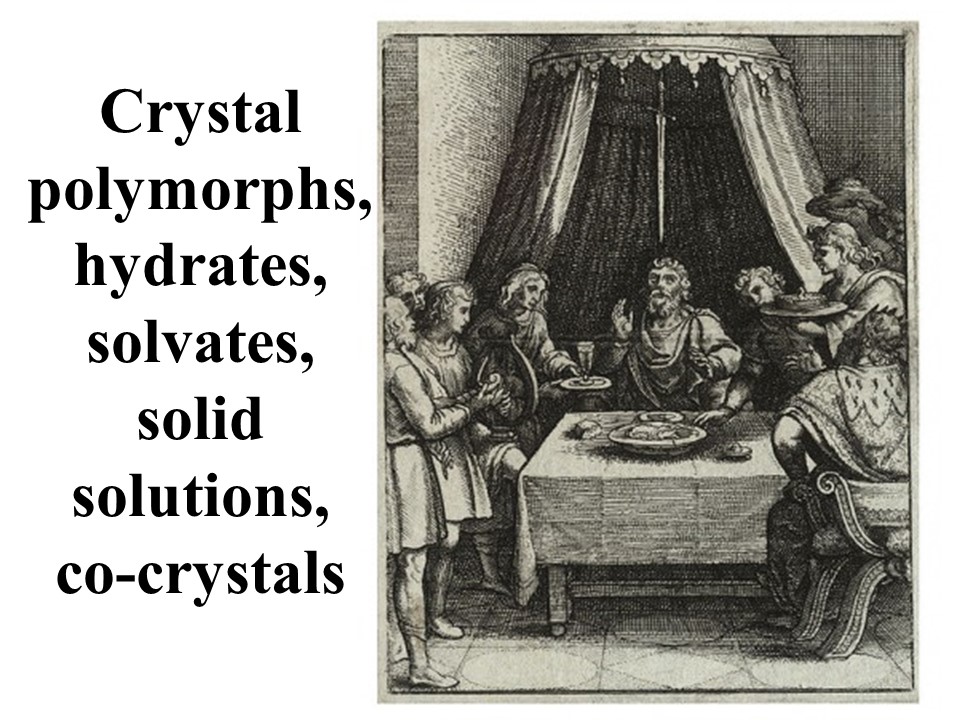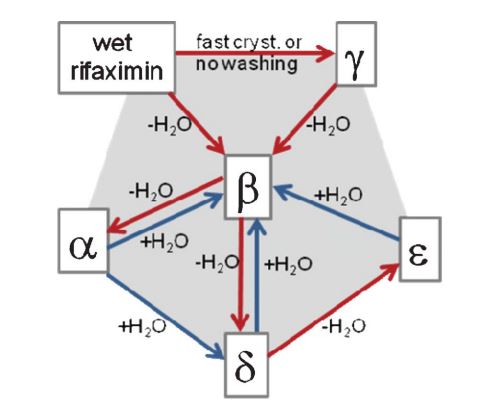Know how to address this question.
The understanding of the factors responsible for crystal stability and of the differences in preparation, crystallization conditions, separation, characterization and properties (solubility, dissolution rate, hygroscopicity, chemical stability, but also processability, filterability, particle size distribution, etc.) requires a profound knowledge of solid-state chemistry and crystallography. It is also paramount to be able to put this knowledge in the contest of the on-going debate within the scientific community on the relevance of crystal forms and of the various consequences on research priorities and on intellectual property issues.
Crystal form screening and assessment have become indispensable, especially in the pharmaceutical field, and this for several reasons:
1) maximize knowledge of the physics and chemistry of the molecule of interest in the solid state in order to define properties, application conditions, stability, interaction with excipients, workability, scalability etc.;
2) minimize the possibility of the unexpected appearance of a novel crystal form at a later stage of product development;
3) protect inventions in all their aspects in order to prevent intellectual property challenges based on new crystal forms and
4) possibility of extending the exclusivity period of an active ingredient by patenting new crystal forms with adequate novelty, non-obviousness and utility characteristics.
These are the reasons why it is necessary a high degree of control on the outcome of crystallization processes, and on the variables that could lead to different sets of intermolecular interactions, hence to different packings, and to different collective properties. Polymorph and solvates/hydrates screening has become not only an indispensable part of any crystal making process, but also a fundamental step in the development of a new crystalline material, especially in the pharmaceutical field. Indeed, the possibility of isolating an active molecule of interest in different crystal forms (polymorphs, solvates, salts, co-crystals, etc.) is a chance of innovation but can also a threat.
Contact Professor Dario Braga (dario.braga@unibo.it) if you are interested in pursuing crystal forms screening and/or acquiring expert technical opinions on patents on crystal forms.
Bologna 13 December 2023


